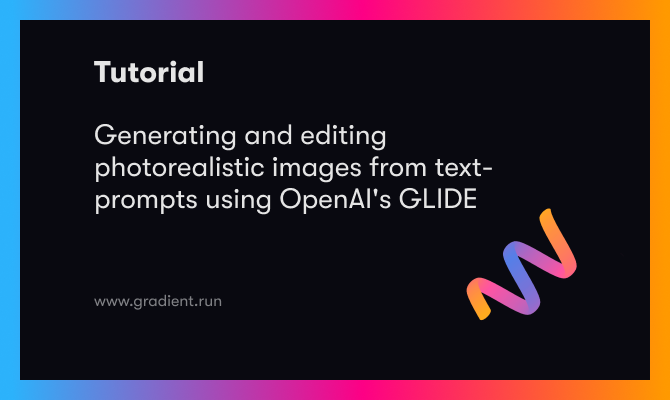
Generating and editing photorealistic images from text-prompts using OpenAI's GLIDE
Follow this tutorial to learn how GLIDE works and see how to implement it in a Gradient Notebook
Follow this tutorial to learn how GLIDE works and see how to implement it in a Gradient Notebook
In this new tutorial, you will learn how to harness dlib to recognize faces in your personal photos.
Follow this guide to learn how to set up and use GPT-NeoX-20B within Paperspace Gradient to generate text in response to an inputted prompt.
In the conclusion to the tutorial series on solving tic tac toe with the genetic algorithm, you will put all the lessons together to apply them to the game itself.
Follow part 2 of this tutorial series to see how to train a classification model for object localization using CNN's and PyTorch. Then see how to save and convert the model to ONNX.
In part one of this series on object localization with pytorch, you will learn the theory behind object localization, and learn how to set up the dataset for the task.
Follow this guide to learn how to integrate the Weights and Biases API with your code in Gradient Notebooks! Readers should expect to learn how to get started with Weights and Biases, how to integrate it with Gradient, and how to log your training results in Weights and Biases via Gradient.
Part 2 of learning to create a tic tac toe gaming agent using JavaScript and Paperspace Core
This tutorial shows how to setup and run JoJoGAN on Gradient Notebooks to create style transferred images.
